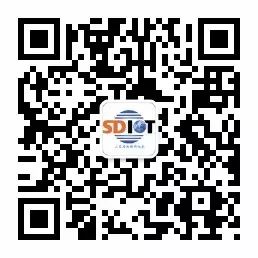Introduction:
The tech industry has devoted a significant amount of time to the IoT craze. For-profit tech companies and members of the open-source community are promoting their respective operating systems, claiming to be the best fit for various IoT applications. However, not every operating system is suitable for all IoT purposes. As a result, there is a certain diversity in the field of IoT operating systems.
Keywords:
RIOT OS Nucleus RTOS ARM mbed OS
Unlike the PC and mobile device domains, a wide array of commercial and open-source operating systems drives the IoT. This article introduces eight leading IoT operating systems and their respective best use cases.
The tech industry has devoted a significant amount of time to the IoT craze. For-profit tech companies and members of the open-source community are promoting their respective operating systems, claiming to be the best fit for various IoT applications. However, not every operating system is suitable for all IoT purposes. As a result, there is a certain diversity in the field of IoT operating systems.
When the topic of IoT and operating systems arises in the IT world, you often hear the term “embedded operating system” used interchangeably with “real-time operating system” (RTOS). However, in reality, some embedded operating systems have real-time capabilities while others do not.
A true RTOS for IoT devices needs to process data without buffering delays. The benefits of RTOS include the ability to achieve multitasking, schedule and prioritize tasks, and manage resource sharing among multiple tasks. This type of operating system is typically used in more complex aerospace, industrial, and medical IoT devices.
On the other hand, there are less complex but still fully functional operating systems that offer other benefits: lower power consumption and lower resource requirements, such as processing power and memory. More often than not, the growth rate of such operating systems will surpass that of RTOS, at least for the first generation of IoT devices.
We will introduce eight different operating systems that we believe will drive the IoT industry. While there are many alternative operating systems not covered, this article represents a broad range of operating system functionalities, including both open-source and commercial operating systems. Ultimately, they embody operating systems that can support all types of devices: from satellites and connected refrigerators to smart technologies embedded in watches and clothing.
Let’s take a look at the various operating systems and the companies/communities around them. Finally, share your thoughts on which operating systems you believe will have the greatest impact on IoT, or if you think we missed a couple of noteworthy operating systems.
RIOT OS

RIOT OS is an open-source community project that has been underway since 2008. RIOT can run on numerous platforms, including embedded devices and PCs (as well as a multitude of extremely popular sensor/actuator boards), and it has an easy-to-use API. This operating system is well-known for its efficiency in terms of power consumption and resource demands.
Windows 10 For IoT

Microsoft’s latest embedded operating system is called Windows 10 for IoT. Under this umbrella, there are three sub-operating systems depending on your requirements. The first is Windows 10 for IoT Mobile, which supports ARM architecture. The next is Windows 10 for IoT Core, which supports Raspberry Pi and Intel Atom. The last one is Windows 10 for IoT Enterprise—this is somewhat like a fully functional Windows 10 Enterprise, but limited to running a single application.
Since Windows 10 for IoT is a new product, it clearly lags behind many other IoT operating systems in terms of user base and experienced developers. That said, this operating system has great potential—especially if you want to develop applications internally. Ultimately, those accustomed to using Visual Studio and Azure IoT services will be drawn to the complete Windows 10 for IoT solution.
WindRiver VxWorks
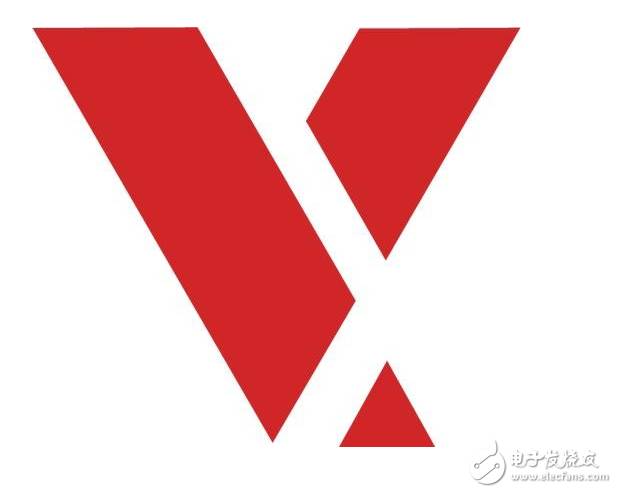
WindRiver’s VxWorks may be the most popular commercial RTOS currently in use. It provides a reliable operating system with a high degree of flexibility. VxWorks also offers many security features that are critical for IoT projects that require them. VxWorks is well-known in industries such as industrial, medical, and aerospace, as it is one of the few RTOS vendors that meet the necessary certification requirements for those sectors.
Google Brillo
Google announced its intention to launch Brillo at last autumn’s Google I/O conference, entering the embedded operating system market. The platform for developing Android-based embedded operating systems is well-suited for those with a solid background in writing Android applications. Brillo uses a communication protocol called Weave. This means that smart devices do not necessarily have to use embedded Android as their operating system—they just need to be able to communicate using Weave. This opens the door for a large number of manufacturers to integrate Weave into their IoT products, ultimately allowing these products to connect with Brillo.
ARM Mbed OS
ARM is developing its own open-source embedded operating system called mbed OS. Since it is developed by ARM, it is only supported on ARM architecture. That said, this operating system is expected to shine in the smart home and wearable device segments of the IoT market. This operating system differs from many other embedded operating systems in that it is single-threaded rather than multi-threaded. ARM believes this is essential for the operating system to run on the smallest and lowest power-consuming devices. If physical size and battery life are crucial, IoT devices may ultimately run on mbed OS.
Embedded Apple iOS and OS X
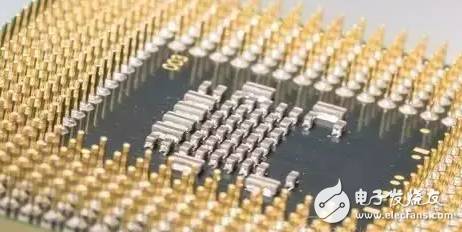
Although Apple has not yet played a significant role in the current IoT market, it is sure to take on this role soon. So far, Apple has adopted variants of its operating system platform to develop several IoT devices, such as Apple TV, CarPlay (using BlackBerry QNX), and Apple Watch.
Looking ahead, Apple is expected to continue using its iOS and modify OS X so that it can run more streamlined and efficiently on IoT endpoint devices. Developers can use tools like the recently released HomeKit, which is a framework for building applications that control home automation devices.
Nucleus RTOS
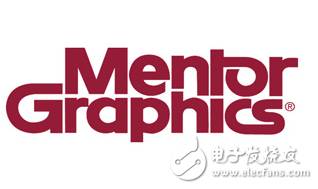
Nucleus RTOS is an embedded operating system developed by Mentor Graphics. The company claims that its software currently runs on over 3 billion devices, which is quite a substantial installation base. This operating system provides strong support for a variety of embedded architectures and is popular in vertical industries such as automotive, medical, utilities, industrial, and consumer electronics.
Green Hills Integrity

Another long-standing commercial RTOS solution is Green Hills’ Integrity. It competes fiercely in verticals such as aerospace/defense, automotive, industrial, and medical. The company continues to be popular in the consumer IoT market, thanks to its reputation for performance, security, and reliability.
Conclusion
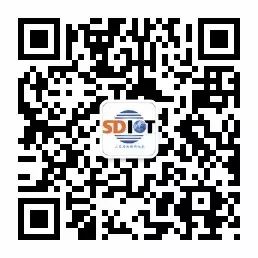
Unlike the PC, tablet, and smartphone domains, there may not be just a few operating systems that dominate the entire IoT market. Instead, we will have to face dozens of popular choices, each with its specific advantages and disadvantages. The eight operating systems introduced in this article indicate a wide range of options and the fields they may be used in.

◆ Share: Click the upper right corner – Share to Moments – Send – Follow
◆ Follow: 1. Click to add friends – Official account – Shandong IoT Association – Follow
2. Scan the QR code – Follow
